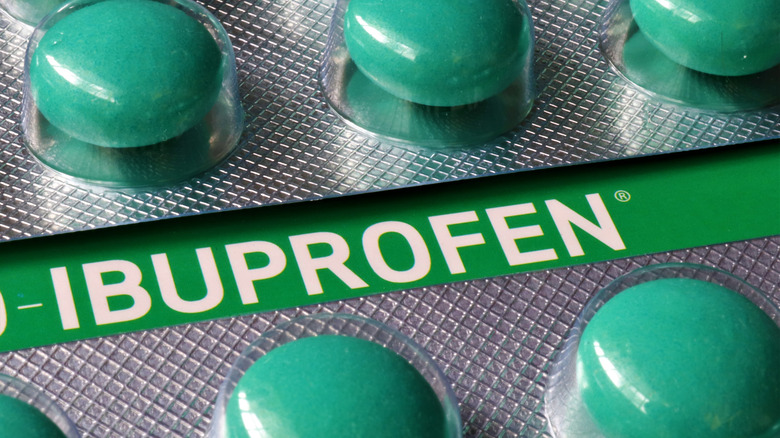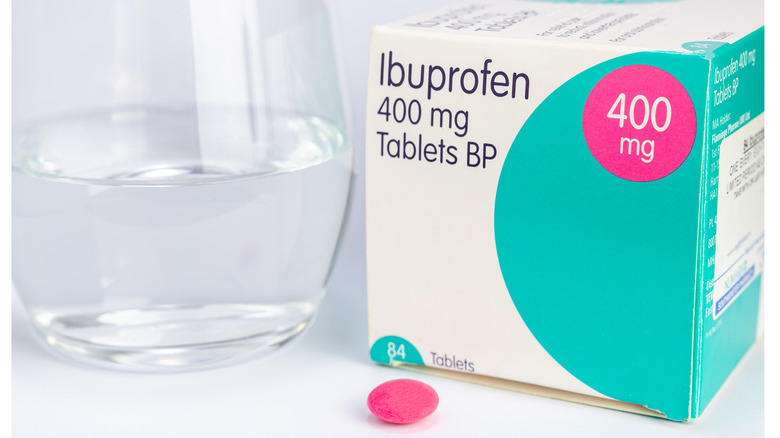This Is Why Ibuprofen Was Really Invented
When you head to the store or your medicine cabinet to get some ibuprofen, you are probably seeking to reduce fever, pain, or inflammation (per Drugs). But was that really the original reason it was invented? Not exactly.
What is now one of the most widely used pain medicines was originally intended to cure rheumatoid arthritis. In 1952, ibuprofen inventor Stewart Adams joined a research department with the goal of developing a cure for this debilitating disease. In particular, he wanted to invent something that would be at least as powerful as steroids, but with none of the side effects, according to Smithsonian Magazine.
First, he examined aspirin, with the intent of developing an alternative with fewer side effects. After multiple tries, he and his associate John Nicholson earned a patent for ibuprofen in 1966. Within a few years, it was available worldwide.
Dr. David Adams, son of Stewart Adams, told Smithsonian Magazine that although his dad was proud of his success, he was disappointed that it could not cure rheumatoid arthritis as he had hoped.
This is why ibuprofen is used today
We are truly blessed compared to our ancestors when it comes to how many medications are available to relieve pain. Research suggests that most Americans are taking full advantage of this. In fact, over 80% of people under the age of 60 use over-the-counter pain medication, according to Aging Research.
In particular, many people use Ibuprofen to reduce fever and relieve headaches, backaches, toothaches, muscular aches, and menstrual cramps (per FDA). While Stewart Adams never achieved his goal of developing a cure for rheumatoid arthritis, many people do use ibuprofen to treat rheumatoid arthritis symptoms (per Versus Arthritis).
Some bad news is that 15% of people who regularly take ibuprofen take the drug in dangerously high amounts, putting themselves at risk of heart attacks and internal bleeding (per Reuters). It is important to read the label on an over-the-counter drug to see the maximum recommended dose, and to take no more than that.


